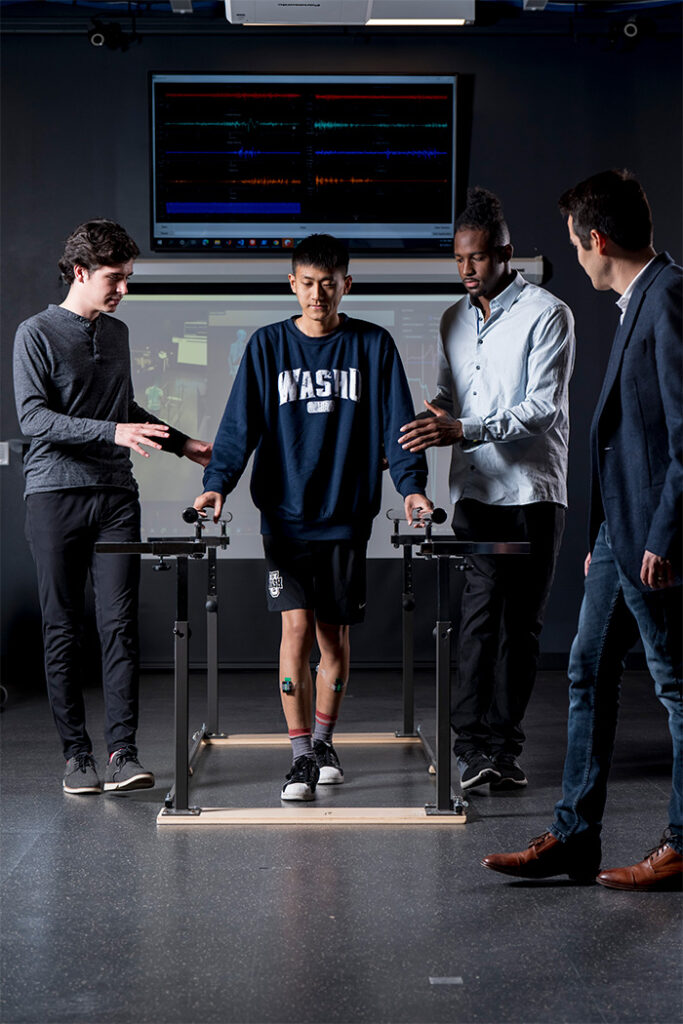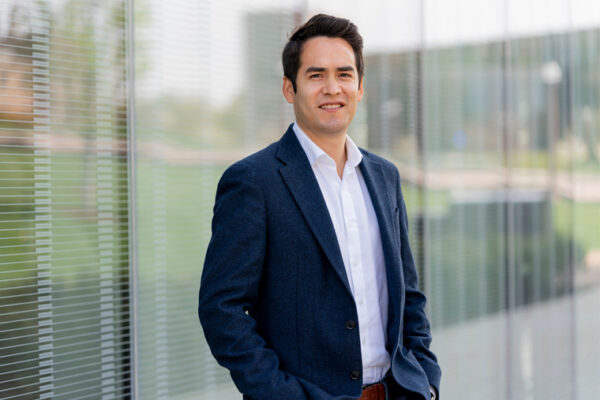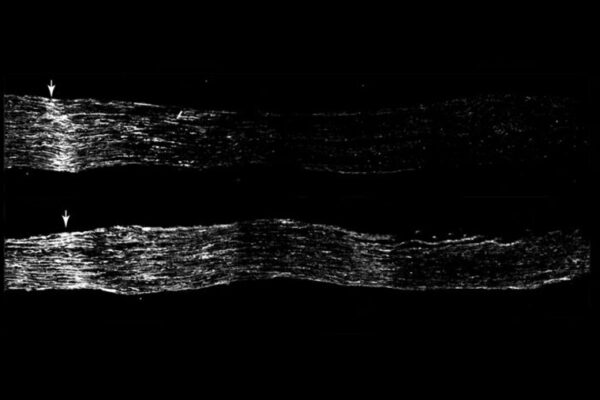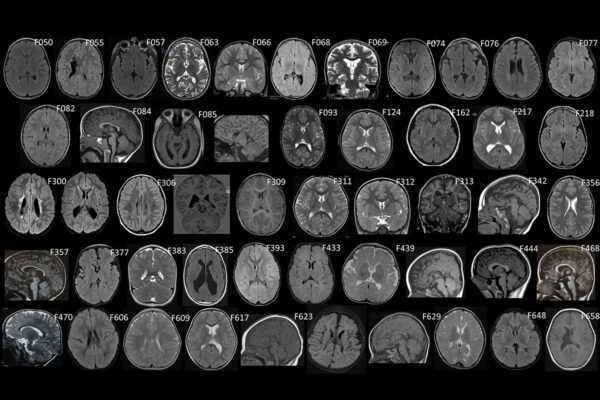People with spinal cord injuries often experience lifelong movement impairment or paralysis, for which there is no cure. When coupled with rehabilitative exercise, electrical spinal cord stimulation can help restore some movement, though the mechanisms of how the nerves in the spinal cord recover are unknown.

Ismael Seáñez, assistant professor of biomedical engineering at the McKelvey School of Engineering, will lead an interdisciplinary team of Washington University in St. Louis researchers and physicians in the research. They will work to understand changes in neural circuits that may improve motor function through spinal cord stimulation with a five-year $1 million grant from the National Institute of Neurological Disorders and Stroke, part of the National Institutes of Health (NIH).
Seáñez, also an assistant professor of neurological surgery at the School of Medicine, plans to begin a clinical trial with patients with spinal cord injuries as well as those without such injuries as controls. He will use commercially available, noninvasive spinal cord stimulation devices that engage movement in patients with spinal cord injuries to determine how the central nervous system changes with the stimulation and movement.
Read more on the engineering website.


